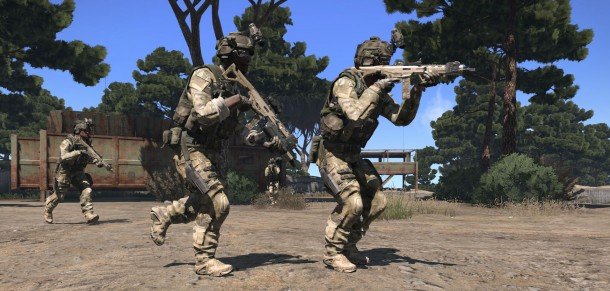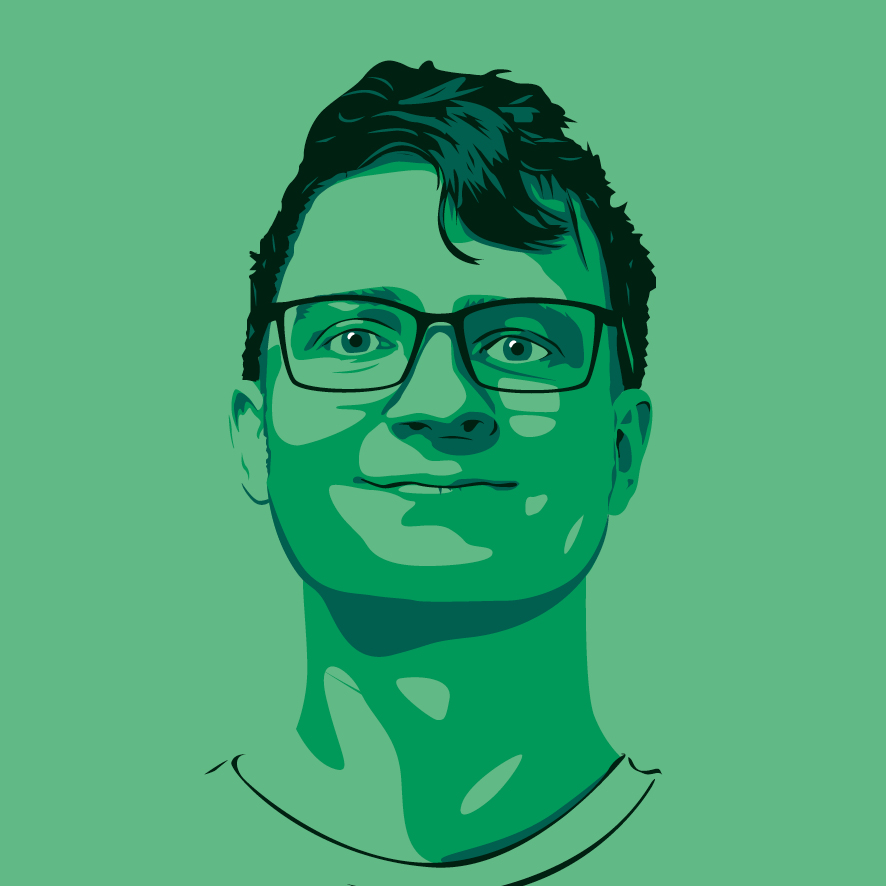Arma 3 preview -- hands-on with the Arma 3 alpha

After playing the Arma 3 alpha for the past week, I'm ready to share some detailed thoughts on the pre-release version of the long-standing military sim. I'm enamored with most of the improvements Bohemia has made, especially to how Arma 3 looks.
The alpha is an appetizer version of the game—it features just a dozen guns, eight vehicles, and a handful of brief single-player challenge missions, and two multiplayer scenarios. It's also restricted to Stratis, the 20km² baby brother of Arma 3's two maps (Altis, based on the Greek island of Lemnos, will be about 270km²). While the amount of content is pretty modest at the moment, the alpha does feature an unlocked scenario editor, which means players can start creating and sharing new missions right away.
How it looks + performance
What I like:
At E3 last year, Dean Hall told me “ If you can run Arma 2, you can run Arma 3. ” So far, that statement holds up. On my home system (Intel Core i7-870 @2.93GHz, two ATI Radeon 5850s in Crossfire) and a more powerful work system (Intel Core i7-3770K @3.5GHz, Nvidia GTX Titan), the game ran comfortably in almost all situations I put it in.
Arma 3's performance, naturally, fluctuates a lot depending on where you are in the map and how many AI and objects are in your field of view. I encountered framerate dips in the situations I expected—when flying at high speed over a dense urban area in a helicopter, and in large firefights—but considering the across-the-board improvements to how Arma looks, I'm satisfied with the trade-off.
Using the scenario editor, I constructed what I considered to be a slightly-unreasonable scenario: I dropped 130 friendly and enemy infantry, two helicopters, and six HMG vehicles into the largest town on the map, Agia Marina. With every visual setting turned up on the higher-end system I mentioned above, I averaged about 19 frames per second while having the entire scene in my field of view from a hill outside the town. From the same position, my framerate improved to about 28 when I cut the infantry population to 60. And it improved to about 40 frames when I turned every visual setting down by a notch and lowered my view distance by about half.
Don't regard that as a genuine benchmark, of course. Less scientifically, I love how clear Arma 3 looks on cloudless afternoons, where you can see unnaturally far. Draw distance is absolutely the most noticeable improvement—the game wants you to see its intricate sandbox for miles in all directions. I love the way shadows get longer at sunset, and all the life the new HDR breathes into mundane corners of Stratis. I love the little tessellations in my kevlar weave, which emit their own shadows when I turn away from the sun. I love that muzzle flashes are no longer flat decals, but dynamic, fiery burps. I love the fuzzy, minuscule distortion in holographic weapon optics when you move your rifle.
What I don't like:
Arma's post-processing continues to be a bland blur effect; PP was enabled by default on my system, though it's easily disabled. The overcast weather state doesn't have much going for it—a stormy sky essentially disables the game's shadows, and Arma 3 feels drained of some of its character without all that good lighting flowing.
The biggest gaming news, reviews and hardware deals
Keep up to date with the most important stories and the best deals, as picked by the PC Gamer team.
Stance adjustments
What I like:
Despite the fact that Arma has never been a game filled with convenient, soldier-shaped objects to hide behind, using cover for protection is essential for survival. Despite the importance of it, the game's infantry animations often get in the way of using cover well. Transitions between stances in Arma 2 are sluggish. Going prone behind rock often means you can't see your target at all. Tapping A or D to peek around a corner while crouched is clumsy and ineffective.
Arma 3 addresses this by adding stance adjustments, and this system represents my favorite mechanical improvement to the series. The new movement options all pivot off of Left Ctrl (rebindable, of course)—holding it and hitting W brings your soldier to a more vertical stance; doing the same while tapping S brings you closer to the ground. Holding Left Ctrl while leaning and tapping A or D activates an additional side-step to the left or right. So if I want to crouch, lean, and then take a lateral to the right, the sequence would be: X, EE, Left Ctrl + D. The Z and X keys still operate as fast shortcuts to the prone and crouched positions, respectively.
On paper, Bohemia introducing gaming's most nuanced lean system might seem inconsequential. In practice, because these adjustments animate pretty seamlessly, the system solves a real problem that existed in Arma 2: firing from behind cover is finally comfortable, and there's more gradients between stances. It enhances how playable Arma 3 feels as a shooter.
What I don't like:
Executing these movements occasionally feels like playing a game of Twister on the left side of your keyboard. An optional HUD element for visualizing what stance you're currently in would probably help new players use the system.

Evan's a hardcore FPS enthusiast who joined PC Gamer in 2008. After an era spent publishing reviews, news, and cover features, he now oversees editorial operations for PC Gamer worldwide, including setting policy, training, and editing stories written by the wider team. His most-played FPSes are CS:GO, Team Fortress 2, Team Fortress Classic, Rainbow Six Siege, and Arma 2. His first multiplayer FPS was Quake 2, played on serial LAN in his uncle's basement, the ideal conditions for instilling a lifelong fondness for fragging. Evan also leads production of the PC Gaming Show, the annual E3 showcase event dedicated to PC gaming.

